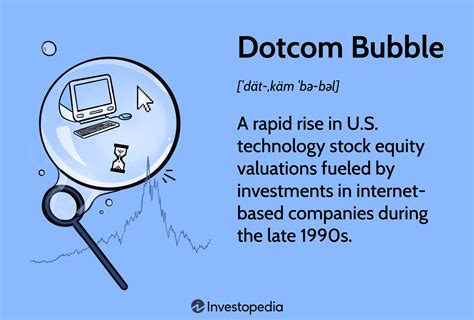The meteoric rise in the stock prices of tech giants like NVIDIA and Microsoft, largely driven by the burgeoning demand for AI-driven products, invites comparisons to the infamous dot com bubble of the late ’90s and early 2000s. During that period, rampant speculation and feverish investments in anything even tangentially related to the internet led to a spectacular market crash, wiping out vast amounts of wealth almost overnight. Could today’s AI frenzy be heading for a similar fate? This article delves into the similarities, challenges, and potential consequences of the current AI boom.
To understand the gravity of the situation, it’s crucial to look at how companies like NVIDIA have become intrinsic to the AI revolution. NVIDIA, primarily known for its graphics processing units (GPUs), has seen its stock price soar thanks to the demand for high-performance computing power essential for AI operations. With no serious competitors in sight, NVIDIA appears to be the go-to provider for AI hardware. This sentiment is echoed in the opinions of market observers who assert that NVIDIA’s dominance in both the hardware and software ecosystems makes it a tough rival to unseat. However, some experts argue that heavy reliance on a few key customers, who might pivot or downscale expenditures, could severely impact NVIDIA’s financials.
Another factor contributing to the ongoing AI speculation is the hype surrounding generative models and machine learning platforms. Companies like OpenAI have amassed significant revenue and investments, yet clear and scalable business models are still nebulous. From tools designed to revolutionize gaming experiences to SaaS platforms that purport to enhance business operations, the spectrum of AI applications is vast. Yet, much like the dot com era, comprehensive monetization strategies are often vague, leaving investors to speculate on future profitability.
A recurring theme in conversations about AI investments is the perceived lack of viable alternatives to dominant technologies like CUDA, NVIDIA’s proprietary parallel computing platform. Despite attempts by competitors like AMD to push open-source alternatives, the tech community largely remains entrenched in NVIDIA’s ecosystem. This reliance mirrors the early internet days when proprietary technologies led to significant market monopolies, only to falter as open standards and more versatile solutions emerged.
However, some industry veterans and financial analysts caution against viewing today’s AI market through a purely skeptical lens. While some liken the current enthusiasm to past bubbles, including those revolving around cryptocurrencies and early internet stocks, others argue that today’s investors are more savvy and discerning. Unlike the original dot com bubble where companies with zero revenue skyrocketed to immense valuations, today’s leading AI players, such as Microsoft and Google, are already profitable with diversified revenue streams. Additionally, advancements in AI technologies have demonstrated practical, albeit initial, applications in various sectors, ranging from health care to logistics, suggesting a fundamentality that wasn’t as apparent during the dot com era.
Yet, the skepticism is not unfounded. As corporations race to integrate AI technologies into their products and services, there’s a growing concern that the quality of these integrations often takes a backseat to the hype. Indeed, stories abound of companies hastily rebranding and pivoting to AI to attract investment and market attention. This rush can lead to poorly executed implementations, ultimately disappointing users and potentially tarnishing the broader perception of AI’s capabilities.
Moreover, the current intersecting crises – economic uncertainty, geopolitical tensions, and evolving regulatory landscapes – could rapidly shift the investment climate. As seen in previous bust cycles, when initial exuberance fades, market corrections can be brutal. Investors banking on continuous, exponential improvements in AI capabilities might find themselves grappling with disillusionment if technological advancements proceed at a steadier, linear pace.
Ultimately, while it’s tempting to draw a straight line between the AI investments of today and the dot com bubble of yesteryears, a more nuanced approach is warranted. The AI sector’s future hinges on balancing genuine technological advancements with realistic business models. Companies and investors must navigate this high-stakes environment cautiously, lest they fuel another massive speculative bubble with far-reaching consequences.
In the end, whether AI will bring unprecedented growth or a dramatic market correction remains to be seen. What’s certain, however, is that the hype surrounding AI is at a fever pitch, and careful deliberation is critical in deciphering whether this is the dawn of a new technological era or merely history repeating itself.


Leave a Reply